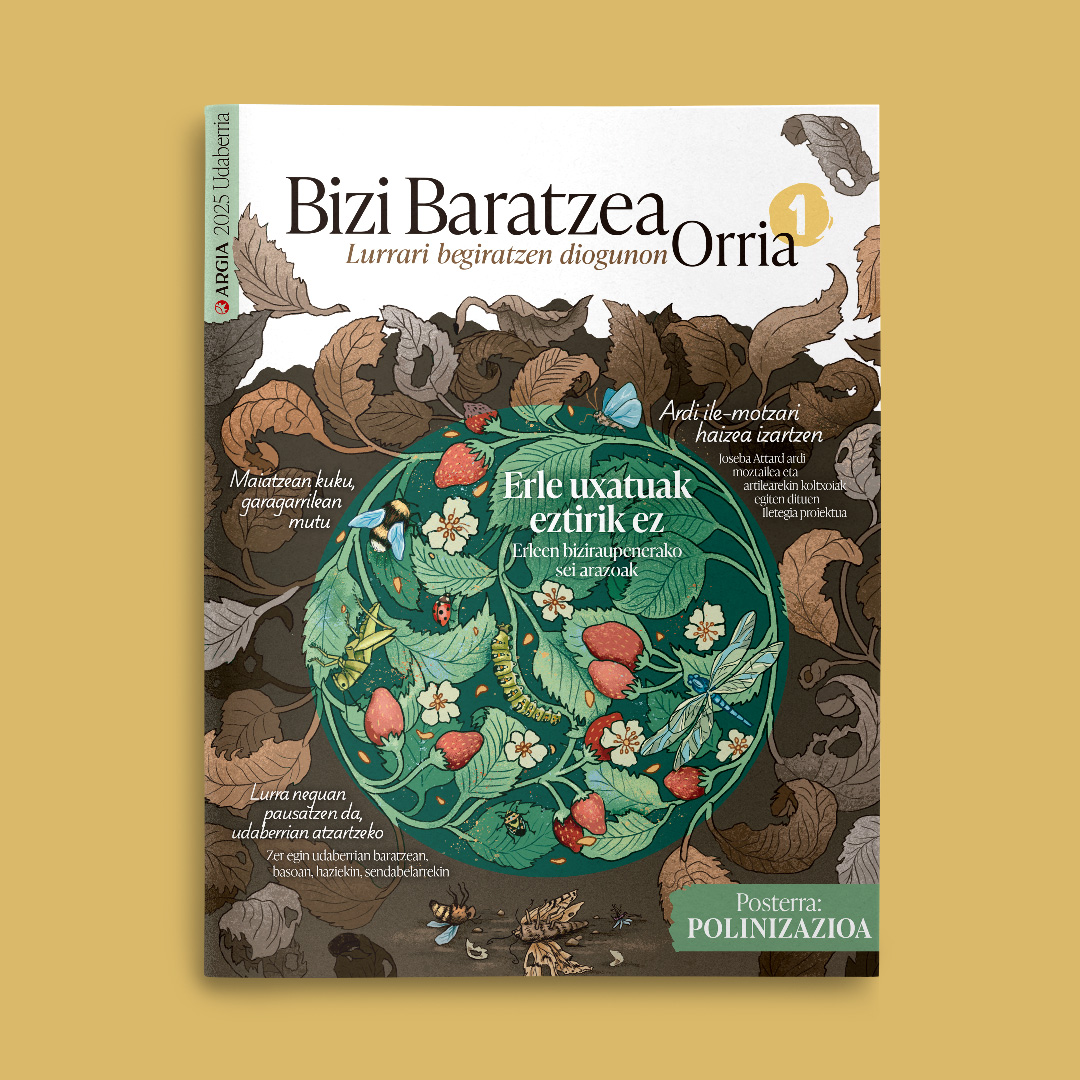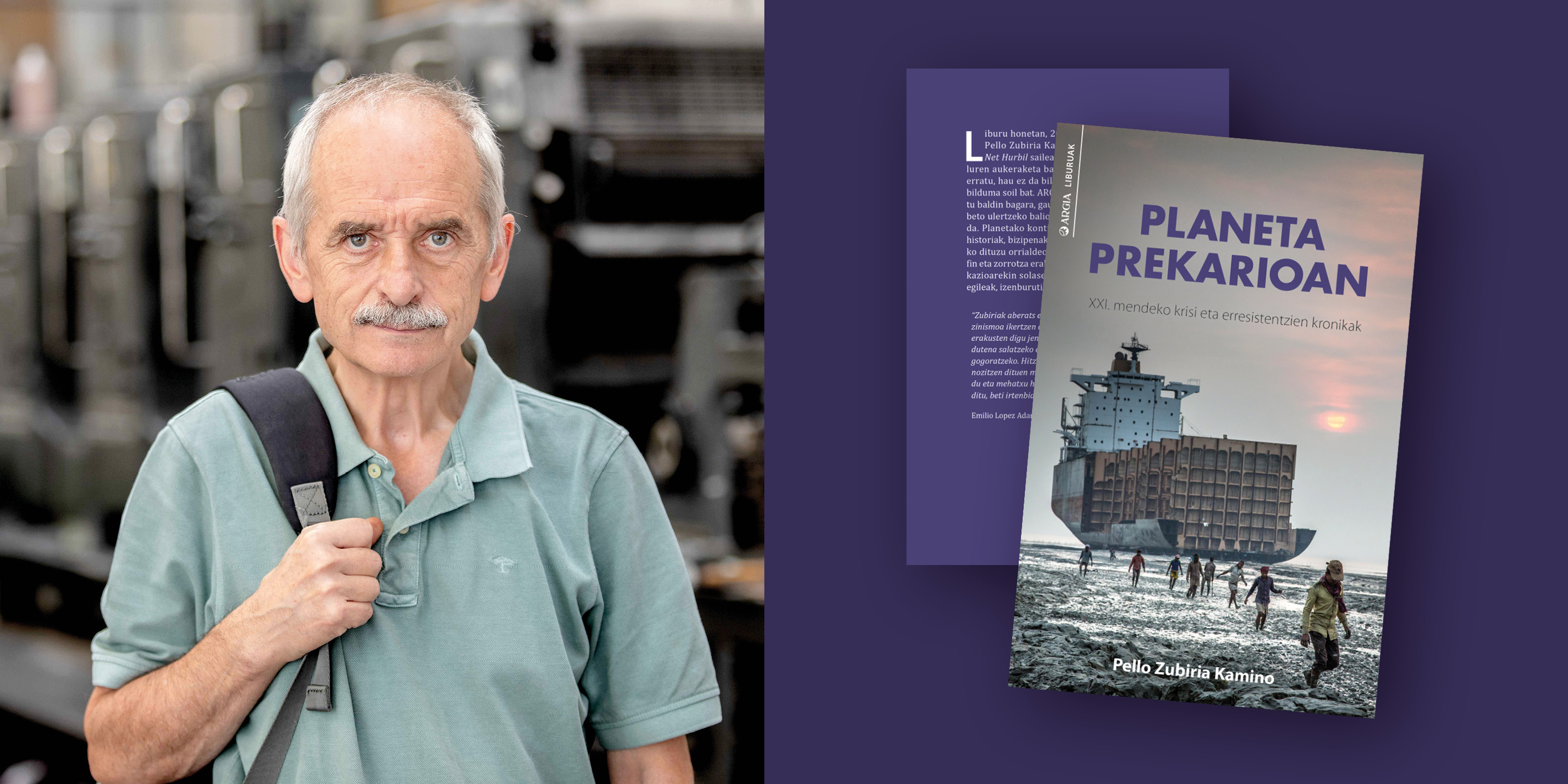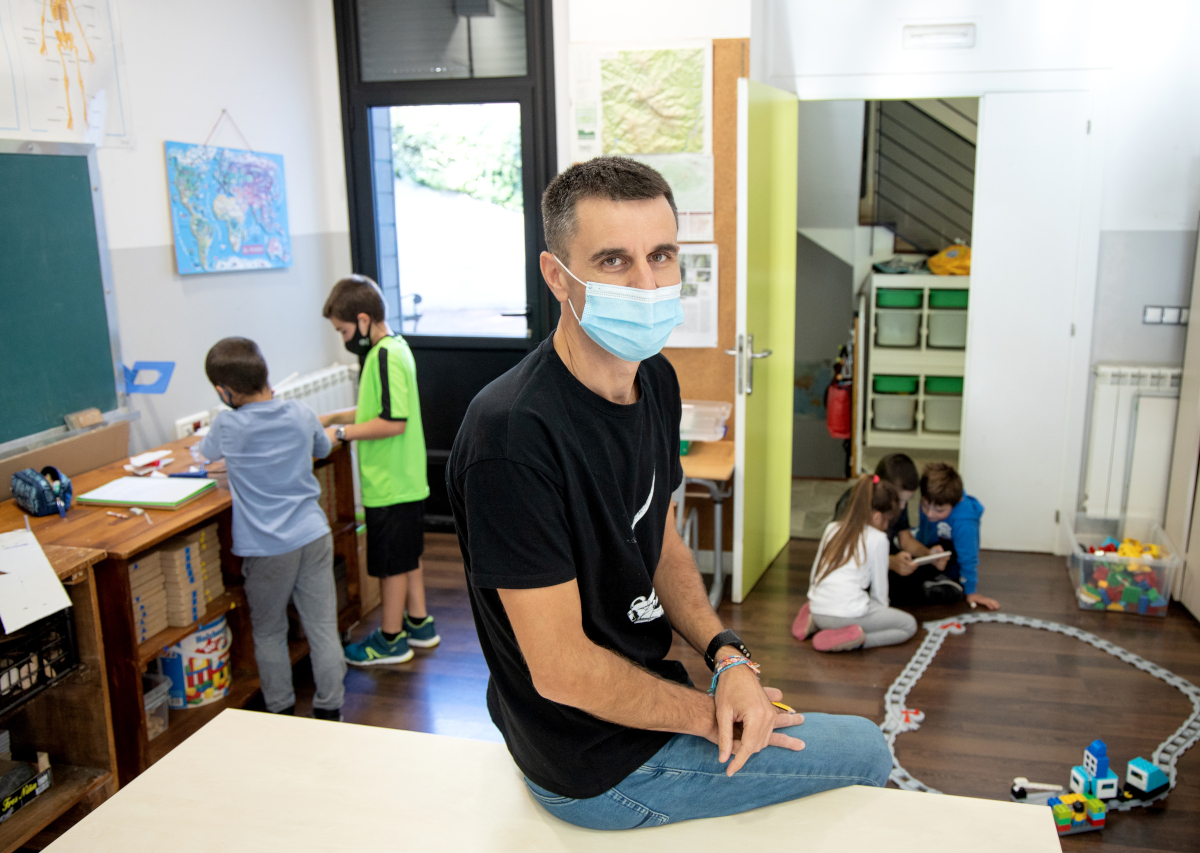
This week I heard my co-editor: “How was it done before without the digital world?” That's where the interview started (and
because we didn't have any ARGIA dinosaurs, we didn't get concrete answers). The whole production has changed, the whole chain, from photo to printing. Apparently. How has it changed?
The printing antza was created in 1988 in the txoko Ametzagaiña of the Egia district, in the heart of ARGIA. Two years later, everyone moved to the Lasarte-Oria pavilions where we are. It has nothing to do with how Antza works then and today, and this young man who has grown up at the gates of the digital I have asked him to explain to the workers how Antza works almost 30 years ago os.La paper-printed photography went into
a special plastic in a dark room, while the text was written on the computer, left a hole for the image and printed in another plastic. That's where the art of labor begins. He prepared the leaves and the successor of the chain made the necessary mounting to make the plates with each sheet. Planchas and má quina.En
the present, Antzan has a machine to give the four basic colors at once, but in the 1990s he had only one machine that gave a color every time he went in and out. So the plates and paper had to pass four times to collect all the colors.
Self-publishing was the first technological advance. From the manual photo assembly and text, the photo is passed by scanner to the computer and starts to be edited on it. Later, the digital one arrived. This has removed the drafting scanners, and all the manipulation to create the plates is done directly on the computer.
Although the advances I have outlined in four lines seem like stupidity read in this way, in production there have been tremendous steps. The ignorant young man has asked them if on Tuesday everything has to be prepared for shipments and if now the magazine is printed on Monday morning, see when they started then. “On Thursday morning printing press,” I was told. I can give you an idea of what that meant.
Urtaro bakoitzean kaleratuko den aldizkari honek Lurrari buruzko jakintza praktikoa eta gaurkotasuneko gaiak jorratuko ditu. Formato oso berezia du: plegatutako orri handi bat da eta zabaldu ahala poster handi bat agertuko zaigu barnean. ARGIAk sostengatzen du Bizi Baratzea... [+]
Santi Cobosen ahozko testigantzan oinarrituta, espetxearen erretratu bat da Zigor Olabarriaren Txori Urdinak liburua. Santi Cobosek (Leon, Gaztela, 1968) bizitzaren erdia eman du preso. Pairatu ditu torturak, jipoiak, muturreko isolamendua, FIES sailkapena; burutu ditu ihes... [+]






















